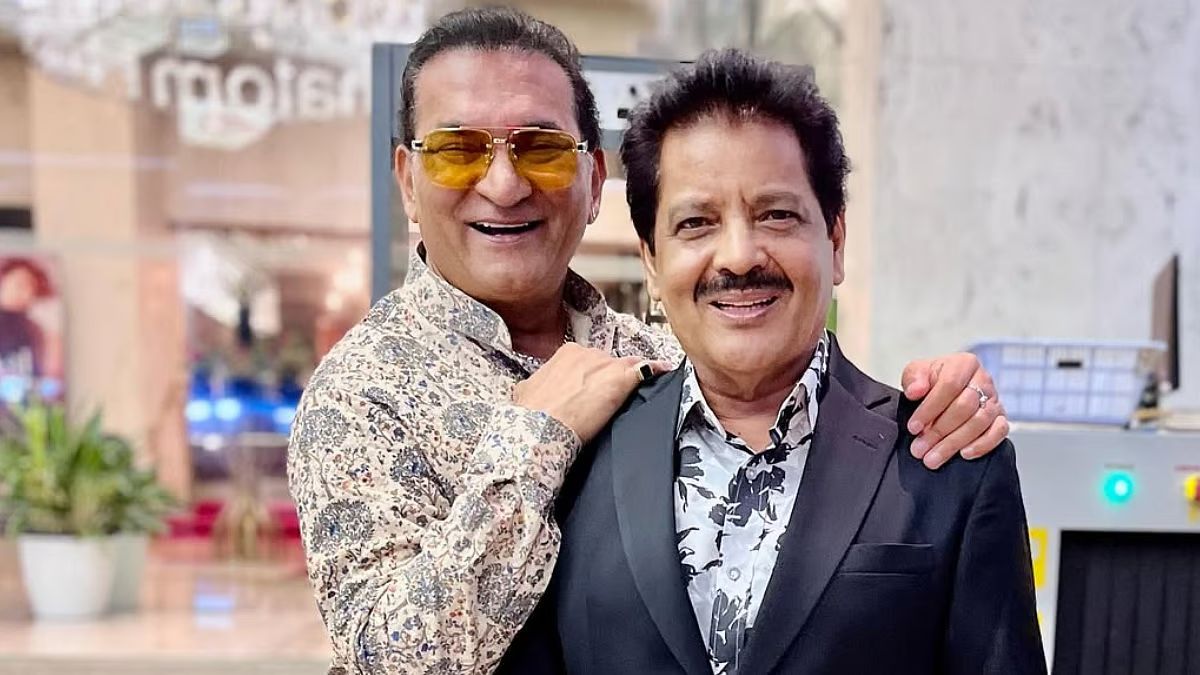 |
|
The recent controversy surrounding veteran Bollywood singer Udit Narayan highlights the complex interplay between celebrity image, fan interaction, and societal expectations. A video surfaced online depicting Narayan kissing female fans on the lips during a live performance of the iconic song 'Tip Tip Barsa Paani'. This seemingly innocuous act quickly escalated into a major public relations crisis, sparking widespread criticism and debate on social media platforms and traditional news outlets. The incident raises crucial questions about the boundaries of acceptable fan interaction, the responsibility of celebrities in managing their public persona, and the role of the media in shaping public opinion. The rapid dissemination of the video via social media amplified the impact of the event, allowing the controversy to gain momentum and reach a large audience within a short timeframe. This underscores the power of social media as a tool for both disseminating information and fostering public discourse, but also its potential to fuel negative reactions and contribute to the spread of misinformation.
The response from Narayan's peers and colleagues further illuminated the various perspectives on the incident. Fellow singer Abhijeet Bhattacharya, a close friend of Narayan, reacted with a seemingly lighthearted video on Instagram, referring to Narayan as a 'khiladi' (player) – a playful jab referencing their collaborative past on the song 'Main Khiladi Tu Anari'. While this response may have been intended as a humorous deflection, it also inadvertently highlighted the contrasting views on the incident, with some viewing it as a minor misstep while others reacted with serious condemnation. The differing reactions demonstrate the subjective nature of interpretation and highlight how context and individual biases can shape perceptions of the event. The fact that Bhattacharya's seemingly jovial comment appeared amidst a growing storm of criticism further underscores the nuanced nature of the situation, illustrating how seemingly innocuous actions can be perceived differently within various social and cultural contexts.
Narayan's own response to the controversy further complicates the narrative. In a statement to the media, he defended his actions, attributing them to the enthusiastic nature of his fans and their passionate displays of affection. He portrayed himself as a 'decent person' caught in an unavoidable situation, suggesting that the fans' actions were beyond his control. This defense, while perhaps intended to mitigate the criticism, has also been met with mixed reactions. Some viewers have found his explanation unconvincing, while others have expressed some degree of sympathy, acknowledging the potentially overwhelming nature of fan adoration. The ambiguity of Narayan's explanation and the lack of a clear apology has further contributed to the ongoing debate. The fact that he also suggested an ulterior motive behind the controversy, citing the frequent negative attention directed towards his family, adds another layer to the already complex discussion. This points to the deeper issue of celebrity harassment and the intrusion into their personal lives that comes with fame. This aspect of the controversy transcends the simple act of kissing fans and highlights the broader issues of privacy, media scrutiny, and the pressures faced by individuals in the public eye.
The incident serves as a case study in the dynamics of celebrity culture and its impact on public perception. The ease with which the video went viral, the speed at which the story spread, and the variety of responses from the public, Narayan's peers, and even his own family (with the mention of son Aditya Narayan’s preference for remaining low-profile) all contribute to a multifaceted narrative. It is a reminder of the challenges celebrities face in navigating the often-blurred lines between public persona and personal life, and the potential consequences of actions that may seem insignificant in private, but are instantly amplified when exposed to the public eye through social media. Furthermore, the event highlights the role of the media in shaping public opinion and the potential for both positive and negative impacts of rapid information dissemination. The controversy surrounding Udit Narayan’s actions ultimately leaves many questions unanswered and fuels ongoing debate on the ethics of fan interaction, celebrity responsibility, and the evolving dynamics of fame in the digital age.
